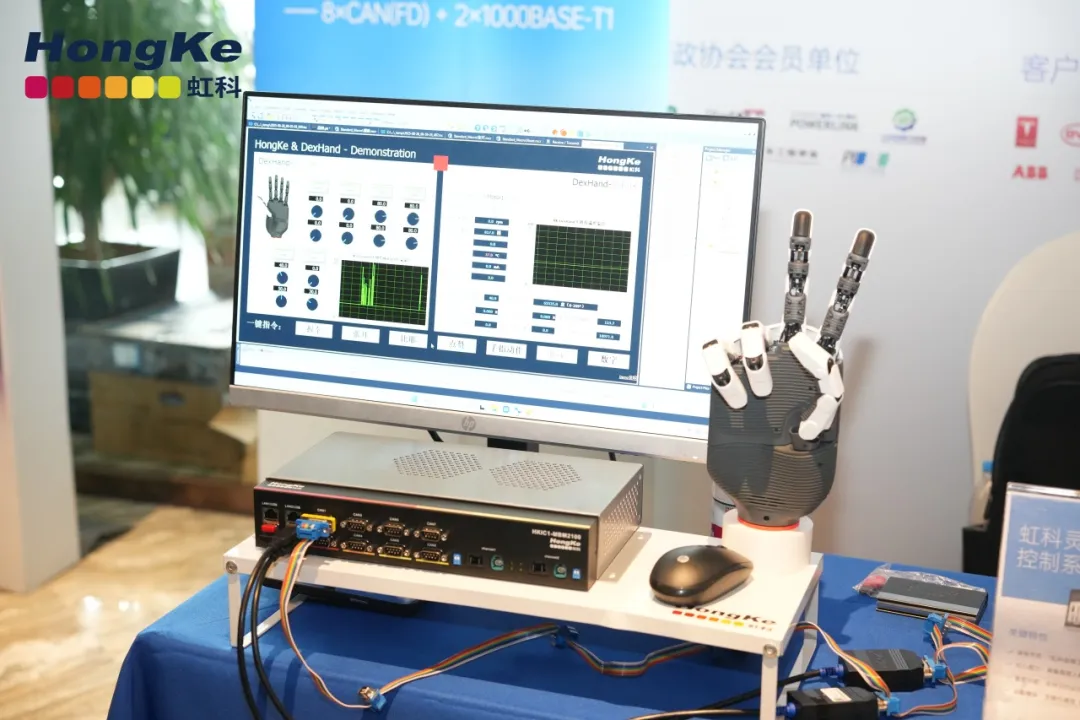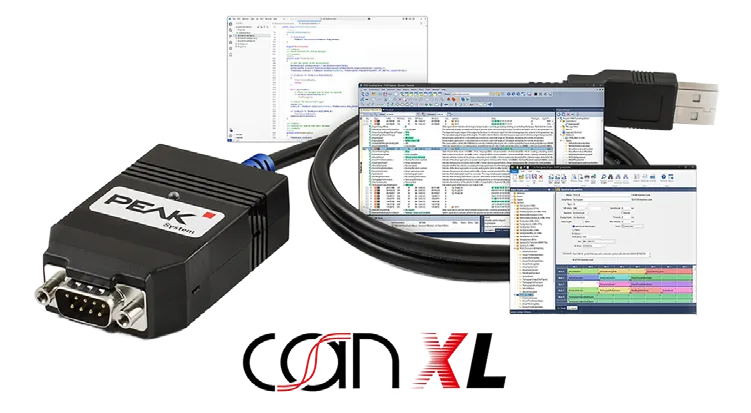
HONGKE Solution] Low Cost CAN FD Enables Robot "Fingertip Intelligence" - Precision Collaboration Control Analysis
Explore Hongke's dexterous hand test solution based on CAN FD technology, realizing millimeter-level motion and milliNm-level force control, supporting industrial sorting, medical rehabilitation and scientific research applications, and providing efficient and precise full-link test and control solutions for robot industrialization.








